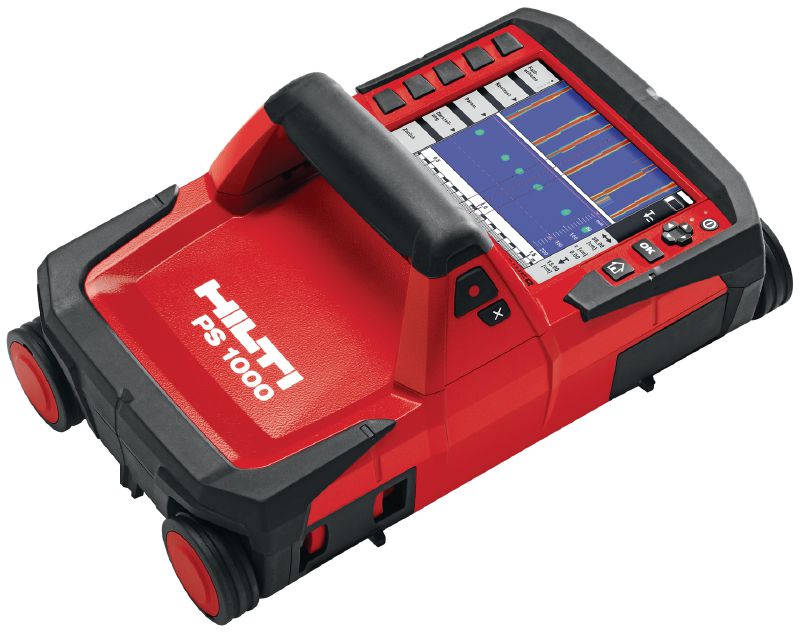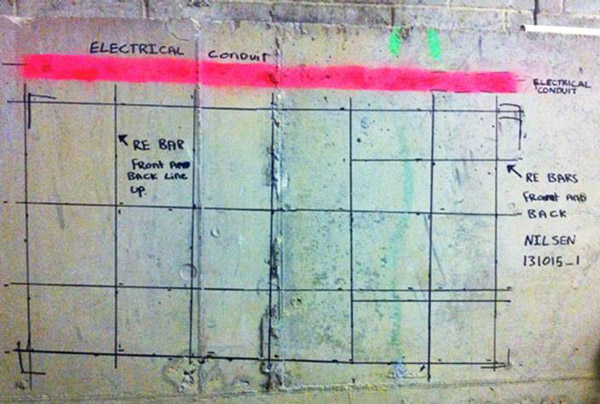Discover RainierGPR Service Areas for Reputable Concrete Scanning Solutions
Discover RainierGPR Service Areas for Reputable Concrete Scanning Solutions
Blog Article
Enhancing Project Planning and Execution With Advanced Concrete Scanning Techniques
In the realm of job planning and insight, execution and accuracy are crucial components that can make the difference in between success and problems. Advanced concrete scanning methods have actually emerged as an innovative tool set to raise the criteria of job administration within the building and construction sector.
Advantages of Advanced Concrete Scanning Methods

Improved Precision in Task Evaluations
Enhancing project assessments through sophisticated concrete scanning methods substantially enhances the accuracy and reliability of construction assessments. By using cutting-edge scanning modern technologies such as ground-penetrating radar (GPR) and 3D imaging, project groups can currently obtain detailed insights into the condition of concrete structures, identifying possible defects or weaknesses that might not be visible to the naked eye. This enhanced degree of accuracy in job analyses enables building professionals to make even more informed choices regarding fixing and upkeep strategies, bring about boosted overall project outcomes.
Furthermore, the boosted accuracy in task assessments attained via innovative concrete scanning strategies assists in minimizing the risk of unforeseen problems throughout the building and construction phase. By proactively detecting surprise abnormalities within concrete frameworks, such as rebar corrosion or gaps, project groups can address these problems early, preventing costly delays and remodel later on in the task lifecycle. Ultimately, the boosted precision in task evaluations facilitated by innovative concrete scanning techniques contributes to better performance, cost-effectiveness, and quality in building projects.
Early Identification of Architectural Difficulties
Very early discovery of structural challenges plays an important role in guaranteeing the honesty and safety of concrete frameworks throughout the building and construction process. Recognizing prospective problems at a beginning allows for prompt treatment, avoiding costly rework, routine hold-ups, and safety and security hazards. Advanced concrete scanning techniques, such as ground-penetrating radar (GPR) and 3D imaging, enable try this out job groups to reveal surprise defects, voids, reinforcement format disparities, and various other anomalies that might jeopardize the structure's stability.
By executing these methods during the planning and implementation phases, construction specialists can proactively deal with architectural difficulties prior to they escalate into significant issues. For circumstances, spotting poor concrete cover over reinforcement bars early on can prevent deterioration and architectural weakening in the future - RainierGPR Service Areas. Moreover, identifying variants in concrete thickness or thickness can assist maximize product use and ensure uniform strength properties across the framework
Ultimately, very early identification of structural difficulties via innovative concrete scanning not just enhances the general top quality and longevity of the building however additionally adds to a safer constructed environment for owners and customers.
Improved Safety And Security Measures in Building And Construction
The implementation of robust safety and security methods is crucial in the construction market to minimize dangers and protect the well-being of employees and stakeholders. To enhance security actions, building business are increasingly adopting technological innovations such as wearable tools that keep an eye on employees' important indicators and detect prospective wellness problems in real-time. By prioritizing safety and security with the consolidation of sophisticated innovations and comprehensive training programs, building jobs can substantially lower accidents and develop a safe and secure working environment for all involved.
Streamlining Project Administration Processes
To optimize operational performance and guarantee task success in the building sector, a concentrate on simplifying task administration procedures is necessary. By executing effective job administration procedures, building projects can decrease hold-ups, reduce prices, and improve overall performance. One vital facet of enhancing task monitoring is the usage of innovative technologies such as Building Information Modeling (BIM) software, which enables real-time cooperation, clash discovery, and precise project scheduling. In addition, the fostering of cloud-based project administration systems permits seamless interaction among team participants, instant accessibility to job information, and the capacity to track progress in real-time.

Final Thought
Finally, the application of sophisticated concrete scanning methods provides many advantages for project preparation and execution. These strategies offer better accuracy in job assessments, early recognition of architectural challenges, improved precaution in construction, and streamlined project administration procedures. Incorporating these approaches into project operations can ultimately bring about more successful and efficient end results in construction projects.
Eventually, the improved precision in project assessments assisted in by sophisticated concrete scanning techniques adds to better efficiency, cost-effectiveness, and top quality in building and construction jobs. RainierGPR Service Areas.
To optimize functional efficiency and make certain project success in the building market, a focus on streamlining project administration procedures is crucial. By executing effective task monitoring processes, building jobs can reduce hold-ups, lower prices, and improve general performance. By improving project monitoring procedures through innovation assimilation, clear communication, and data-driven approaches, construction projects can attain higher effectiveness, cost-effectiveness, and effective end results.
These methods give improved accuracy in project assessments, early identification of structural difficulties, boosted safety steps in building, and structured job management processes.
Report this page